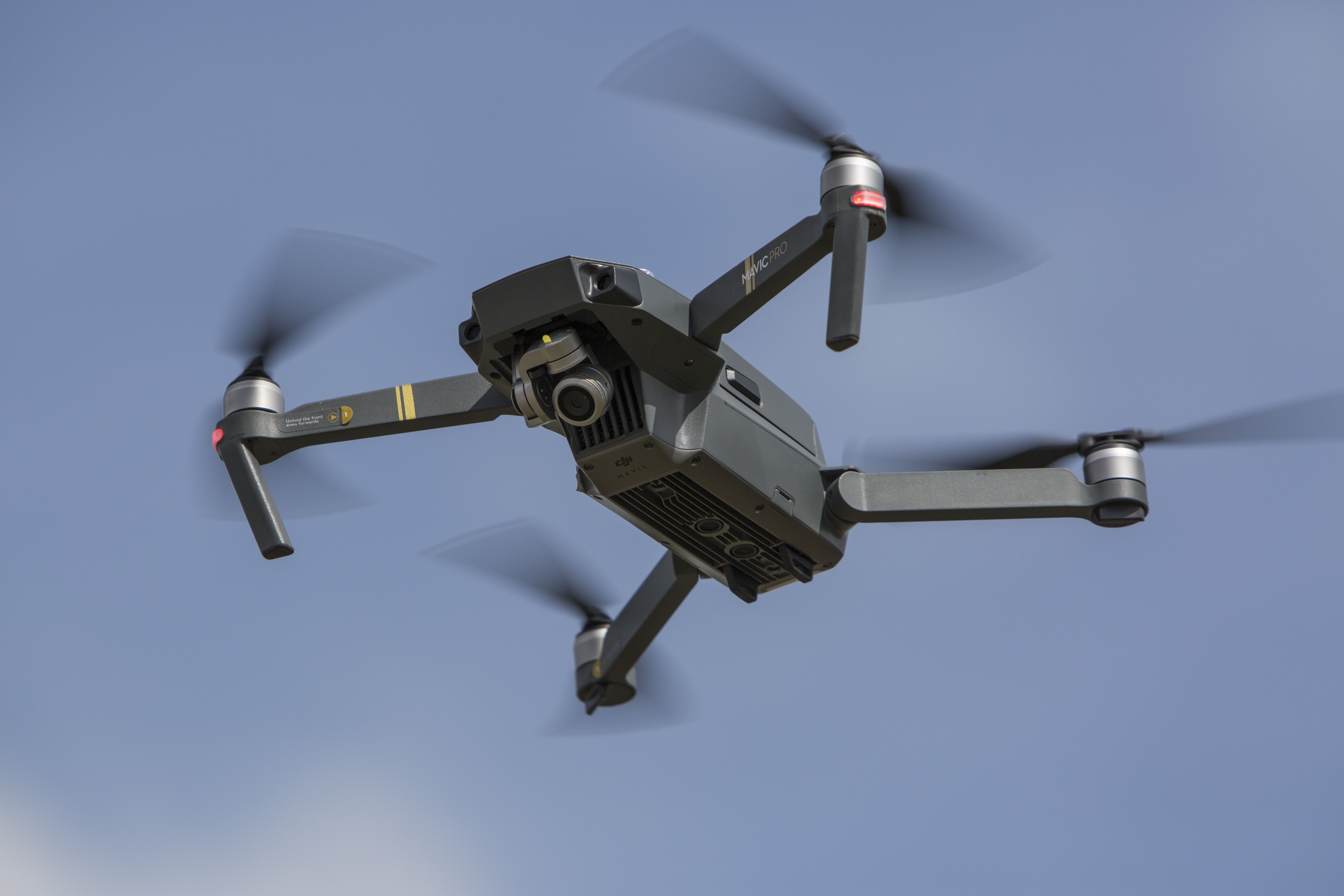Page 9539
Apr 12, 2018
US astronaut sends Holocaust remembrance message from space
Posted by Genevieve Klien in category: space

American astronaut Andrew “Drew” Feustel recorded a video message aboard the International Space Station commemorating Holocaust Remembrance Day.
In the video released on Thursday, the NASA geophysicist, who is not Jewish, displayed a replica of a drawing titled “Moon Landscape” by Petr Ginz, a Czech teen with Jewish roots who was killed at Auschwitz. Feustel, who received the drawing from the Yad Vashem Holocaust museum in Jerusalem, noted that late Israeli astronaut Ilan Ramon had brought a replica of the very same drawing with him on board the Space Shuttle Columbia in 2003.
Continue reading “US astronaut sends Holocaust remembrance message from space” »
Apr 12, 2018
This NASA Video Tour of the Moon in 4K Is Simply Breathtaking
Posted by Alberto Lao in categories: futurism, space travel
A new look at the moon via 4-k video fly-throughs from LRO data and imaging. The finale is a drop down to Taurus-Littrow to see a highly magnified image of the…Apollo 17 LM descent stage. Stunning! #NASA #Apollo #LunarReconnaissanceOrbiter #moon https://www.space.com/40274-nasa-moon-in-4k-video-tour.html…
Images from NASA’s Lunar Reconnaissance Orbiter (LRO) are not only helping planners with future human missions to the moon, but they are also revealing new information about the moon’s evolution and structure.
A new NASA video, posted on YouTube, features more than half a dozen locations of interest in stunning 4K resolution, much of it courtesy of LRO data. NASA also highlighted the individual sites in a Tumblr post that delves deeper into their geology, morphology and significance.
Continue reading “This NASA Video Tour of the Moon in 4K Is Simply Breathtaking” »
Apr 12, 2018
Sensor-carrying drones ‘talk’ to each other
Posted by Genevieve Klien in categories: drones, mapping

The software and hardware platform could make drones useful in natural disaster relief, mapping areas in 3D, and more.
Apr 12, 2018
Brain adapts after rare dementia attacks language center
Posted by Genevieve Klien in categories: biotech/medical, neuroscience
People with a rare kind of dementia that initially attacks the language center of the brain end up recruiting other areas of the brain to decipher sentences, according to a new study.
The study is one of the first to show that people with a neurodegenerative disease can call upon intact areas of the brain for help. People who have had strokes or traumatic brain injuries sometimes use additional regions of the brain to accomplish tasks that were handled by the now-injured part.
“We were able to identify regions of the brain that allowed the patients to compensate for the dying of neurons in the brain,” says first author Aneta Kielar, an assistant professor of speech, language, and hearing sciences and of cognitive science at the University of Arizona.
Apr 12, 2018
Russia planning manned spaceflight to moon: Putin
Posted by Genevieve Klien in categories: economics, space travel
Russia is actively implementing a lunar program through 2030, aiming to send astronauts to the moon, President Vladimir Putin said Thursday, Russia’s Cosmonautics Day.
![Russia's President Vladimir Putin (L front) visits the renovated Cosmos pavilion of the VDNKh exhibition centre. [Photo: IC]](https://lifeboat.com/blog.images/russia-planning-manned-spaceflight-to-moon-putin2.jpg)
Putin said “yes” to the question “We are going to fly to the moon, right?” when he visited the Space Pavilion at the all-Russian Center of Achievements of the National Economy, according to the Kremlin.
Apr 12, 2018
SpaceX’s Valuation Climbs to $25 Billion With New Funding Round
Posted by Genevieve Klien in categories: Elon Musk, space travel
Apr 12, 2018
A Global Arms Race for Killer Robots Is Transforming Warfare
Posted by Amnon H. Eden in categories: drones, government, information science, military, robotics/AI
We are now on the brink of a “third revolution in warfare,” heralded by killer robots — the fully autonomous weapons that could decide who to target and kill… without human input.
Over the weekend, experts on military artificial intelligence from more than 80 world governments converged on the U.N. offices in Geneva for the start of a week’s talks on autonomous weapons systems. Many of them fear that after gunpowder and nuclear weapons, we are now on the brink of a “third revolution in warfare,” heralded by killer robots — the fully autonomous weapons that could decide who to target and kill without human input. With autonomous technology already in development in several countries, the talks mark a crucial point for governments and activists who believe the U.N. should play a key role in regulating the technology.
The meeting comes at a critical juncture. In July, Kalashnikov, the main defense contractor of the Russian government, announced it was developing a weapon that uses neural networks to make “shoot-no shoot” decisions. In January 2017, the U.S. Department of Defense released a video showing an autonomous drone swarm of 103 individual robots successfully flying over California. Nobody was in control of the drones; their flight paths were choreographed in real-time by an advanced algorithm. The drones “are a collective organism, sharing one distributed brain for decision-making and adapting to each other like swarms in nature,” a spokesman said. The drones in the video were not weaponized — but the technology to do so is rapidly evolving.
Continue reading “A Global Arms Race for Killer Robots Is Transforming Warfare” »
Apr 12, 2018
Making custom qubits
Posted by Genevieve Klien in categories: computing, particle physics, quantum physics
For the first time, we’ve made a molecule by pressing two atoms together to make them bond on command. This could help build better qubits for quantum computers.
Apr 12, 2018
Scientists Create Beautiful Iridescent Material That Could Be Edible
Posted by Genevieve Klien in categories: food, physics
What makes something red, or blue, or green? It’s all in the way light bounces off its surface. Something that primarily reflects light with shorter wavelengths will appear bluer, while something that reflects longer wavelengths will appear redder. By playing around with that principle, scientists have created a material that, much like soap bubbles and certain insect wings, displays a gorgeous iridescence—a shifting rainbow of colors they can tweak with the same surface.
Even more interestingly, the researchers made this material from common cellulose, the simple stuff that makes up paper and which can be extracted from wood, cotton, or other renewable sources. We’ve already mentioned scientists arranging cellulose fibers in a way that makes them appear incredibly white. But now instead of laying fibers, a team of physicists are molding cellulose films with tiny, regularly spaced impressions (like an upside-down Lego piece).
The outcome was a thin, single-centimeter iridescent film that reflects light based on the spacing of the dots, according to the paper published recently in Nature Photonics.
Continue reading “Scientists Create Beautiful Iridescent Material That Could Be Edible” »
















